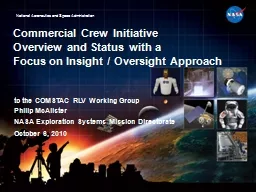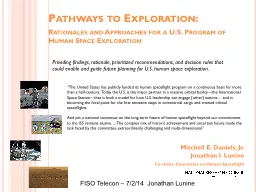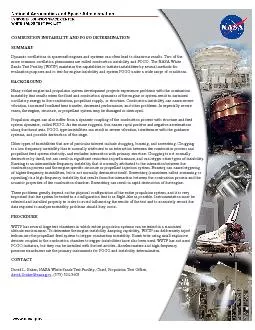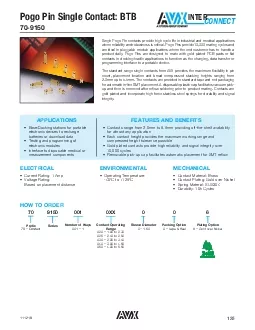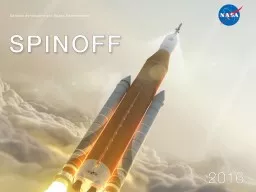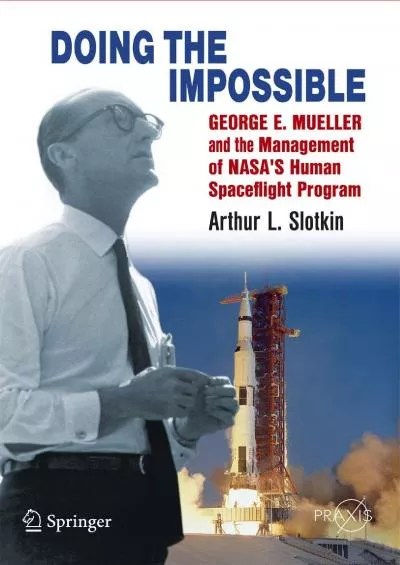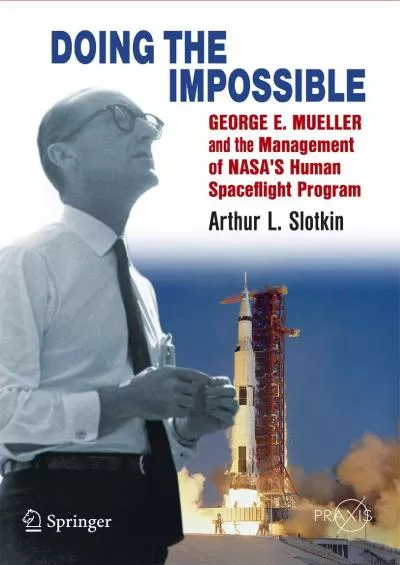PDF-NASA Experience with Pogo in Human Spaceflight Vehicles NASA Technical
Author : test | Published Date : 2017-03-05
RTOMPAVT152 NASA Experience with Pogo in Human Spaceflight Vehicles RTOMPAVT152 propellants were thought to react much less violently in the case of an abort then
Presentation Embed Code
Download Presentation
Download Presentation The PPT/PDF document "NASA Experience with Pogo in Human Space..." is the property of its rightful owner. Permission is granted to download and print the materials on this website for personal, non-commercial use only, and to display it on your personal computer provided you do not modify the materials and that you retain all copyright notices contained in the materials. By downloading content from our website, you accept the terms of this agreement.
NASA Experience with Pogo in Human Spaceflight Vehicles NASA Technical: Transcript
Download Rules Of Document
"NASA Experience with Pogo in Human Spaceflight Vehicles NASA Technical"The content belongs to its owner. You may download and print it for personal use, without modification, and keep all copyright notices. By downloading, you agree to these terms.
Related Documents






